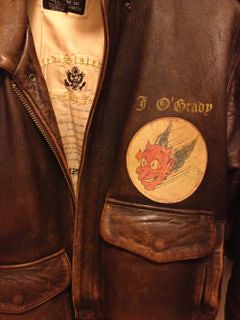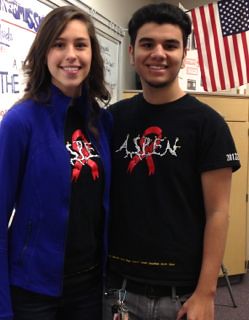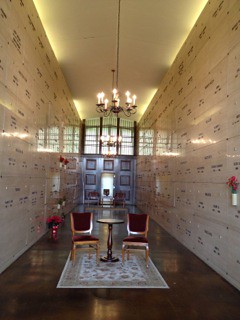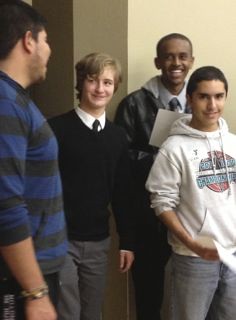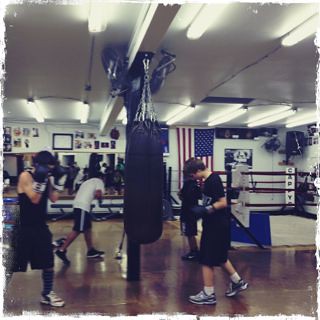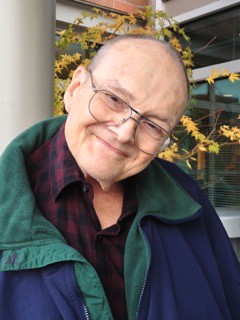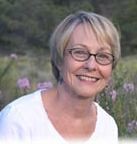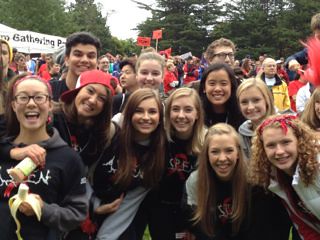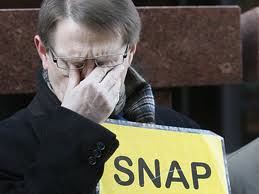Trusting Kids to Teach About HIV/AIDS to Their Peers!
Though this experience did not happen in a Capitol Hill school it would be great if a number of schools on the Hill embraced this program.
I am not often blown away, but I was totally rocked back on my heels this week by a number of students at Newport High School, in Bellevue, Washington.
Every year Seattle hosts an “Annual AIDS Walk” in Volunteer Park. For the last dozen or so years I have shot lots of photos of the activities that generate donations towards ending the HIV/AIDS scourge in our local and global communities.
I like to concentrate on kids supporting the event, as their involvement will help educate and curtail the spread of the disease in the future.
Each year the most visible kids are wearing very cool ASPEN sweatshirts. This year I was able to talk with a couple of kids, and introduce myself to their teacher, Barbara Velatequi.
During our quick conversation we agreed to exchange emails. My hope was to visit with her, and her students, at the school so I could get a better idea of her program and why these kids are so enthusiastic and dedicated.
I also wanted to know why Ms. Velatequi had dedicated the last nineteen years to educating kids about HIV/AIDS, STI’s and behaviors that might put them at risk.
Unfortunately there are still too many “adults” that think kids are, to use Ms. Velatequi’s words, lazy, untrustworthy, sexually active, drug addicted, and permanently plugged into loud, obnoxious music.
Not so-
My experience, with many schools, is that they forbid any realistic sex education classes. A number of them have requested that the speakers I have brought in to visit with students, about living with HIV/AIDS, do not speak about sexuality, their particular life style, contraceptives or anything that might challenge their sole message of abstinence. When that happens we try to make the best of it and hope the kids see through the blockade.
I felt confidant that the kids I had talked with at the AIDS Walk were not treated in a similar fashion.
After a number of emails with Ms. Velatequi I was scheduled to spend a morning in two classes at the high school.
A few days before the visit I received a number of answers to my questions to Ms. Velatequi on why she had taken the risk, 19 years ago, to introduce a mature curriculum in the face of traditional administrative and parental objections. She had accepted the state mandate to teach about HIV/AIDS though little did anyone realize how well she was going to rock the status quo with her kids-
“…Changing human behavior is a daunting task; as a rule people do not like to change! Add to this barrier the young adults’ sense of invulnerability, and HIV prevention work becomes a greater challenge. For every barrier there is a solution, and the power of a dedicated, well-trained and passionate group of teens was my solution. I knew I could harness positive peer pressure, personalize the HIV/STI risks, help my students develop empathy for people living with HIV, and model acceptance of every human being. The ASPEN Educators could break through barriers and reduce the spread of HIV and other STI’s…”
With that, added to some other remarks of hers in mind, I arrived at the school ready to see what was what-
The first class I observed was made up of juniors and seniors. They were practicing a demonstration they would later use when they conducted a class for freshman and sophomores. The three girls orchestrating the demonstration had each student in the room share their cup of water with three other students. They were told to keep a record of whom they shared the fluid with.
Almost immediately a number of students noticed that the fluid in their cups took on a light pink color. (A chemical had been added to a statistically accurate amount of cups)
They were the infected ones!
The “healthy” students sat down with a sigh of relief.
The girls walked their fellow students through the process of determining who was the source of the infection.
As you can imagine there was some lighthearted banter as reality focused in on one student who started the infectious ball rolling.
A great demonstration!
Ms. Velatequi gave me the high sign to join her in the hall. She told me, as we walked downstairs, that two of her students were about to conduct a ninety-minute class with sophomores in a Health Class. The students we were going to visit only had the very basics on HIV/AIDS, STI’s etc.
This is what I wanted to see!
For ninety minutes two young ladies walked their fellow students through the most comprehensive training I have ever seen outside of medical school.
They did a better delivery of information than I have done in 23 years of presentations.
Better than I ever did in my college classroom!
Their use of posters, slides, poignant questions directed to students, humor, demonstrations, acceptance of choices, abstinence as a valid choice, compare and contrast, definitions, on board pre-written statements of challenges & solutions, walking around the room, recognizing unstated questions, statistics, sources, resources is a model for all of us given the opportunity to share knowledge with students.
I have seen embarrassment in student’s eyes when adults present touchy information to a class. I didn’t see one kid react that way during this presentation.
While watching these two girls I so wished they had been in my suitcase when I shared information in the third world to people so at risk.
I wished they had been conducting the “lesson” in every classroom I’ve ever walked into-
At the end of the presentation I shared with Ms. Velatequi, and the two girls, exactly what I have written above about their presentation.
I told them they should take their presentation on the road!
They seemed pleased.
Ms. Velatequi told me the girls had practiced for hours and hours and hours.
Under her tutelage these kids knocked it out of the park!
While talking with the students they shared their understanding of ASPEN and its reach beyond the sharing of information about HIV/AIDS.
“…The ASPEN program is to promote acceptance of all people, engage in service work to support those living with HIV, teach prevention strategies to reduce the transmission of HIV/STI’s, and create a diverse group of peer educators who will serve as role models and as a resource for all students at Newport High School. One of the five lessons that that ASPEN educators teach is the Diversity Lesson. This lesson is the celebration of diverse populations to whom we deliver our lesson. Christian, Muslim, Atheist, Gay, Straight, Transgendered, American, Middle Eastern, Chinese, young and old, everyone is deserving of respect, equal treatment, and physical and emotional safety. Acceptance of all people, a realization that we are all citizens in a global community, is the foundation of the ASPEN program…”
These kids are not just talking blue sky; they’ve been accepted in the greater community.
“In the past two years kids in the ASPEN program have had the opportunity, through the World Affairs Council, to meet with world leaders who are working on HIV prevention in their countries.
Last March, ASPEN hosted 10 teens from Serbia to share education curricula, strategies, and pizza. Face book, email, and skyping have allowed this collaboration to continue.
ASPEN is now needed, respected, and cherished by Lifelong AIDS Alliance and Dunschee House, both highly respected organizations in Seattle.
ASPEN students have served as keynote speakers and entertainers at the Seattle AIDS Walk as well as being phenomenal fundraisers.
Last year twenty-six ASPEN students raised over $45,000 for Lifelong AIDS Alliance, more money than any other team in the walk, including Microsoft, Starbucks, and every other corporate sponsor.
The team has also been entrusted with a food delivery route for Chicken Soup Brigade; each week two of the students pick up meals for clients of Lifelong AIDS Alliance. These deliveries ensure that their clients will be well fed for the week.”
When you Trust Kids amazing things will happen.
Can you see why I was blown away?
